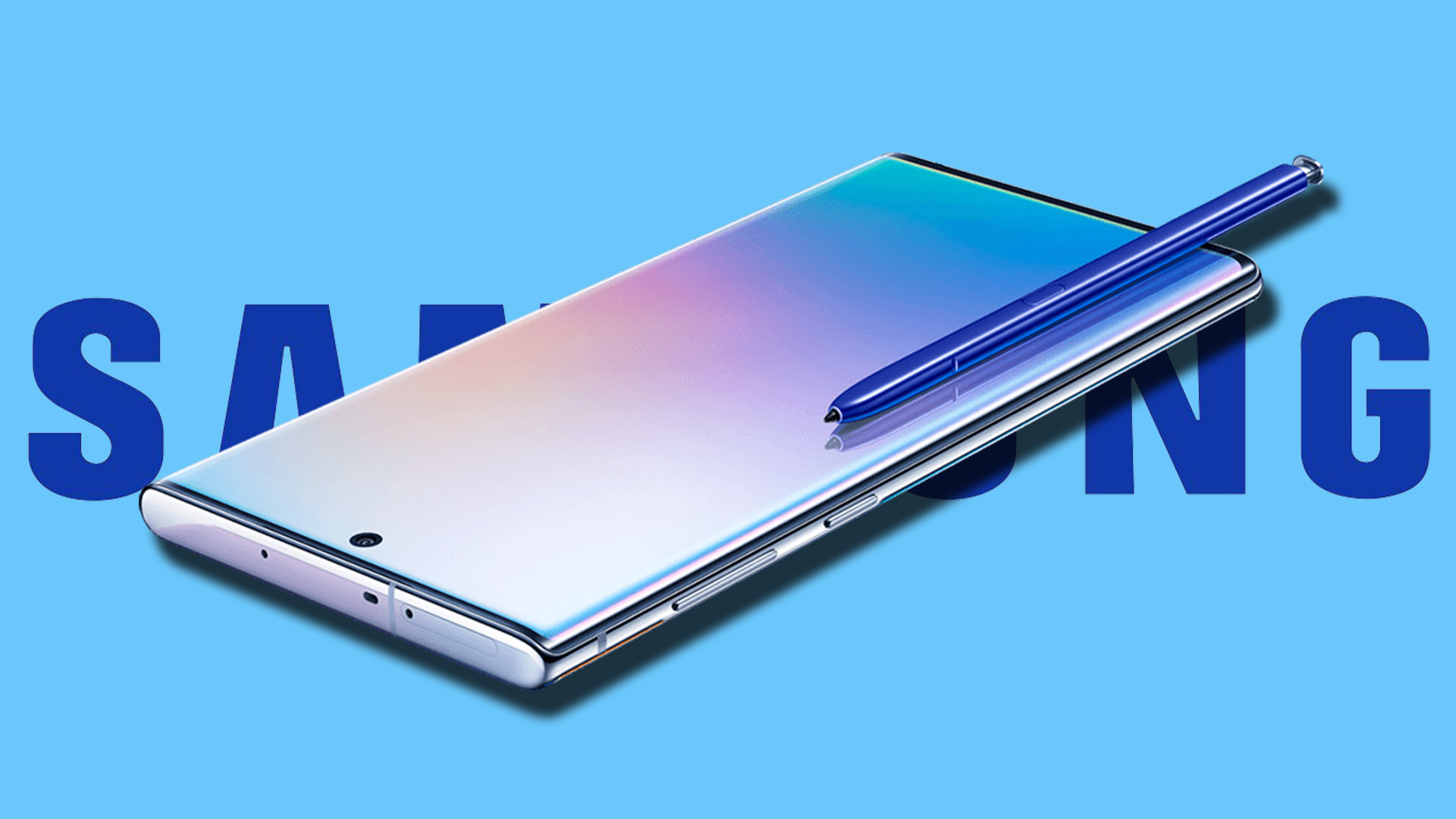Today I want to show you how to disable, hide the contents or show the contents of notifications on the Lock Screen of the Galaxy S7 and S7 Edge.
I know I keep saying this, but it is never any less true. Our smartphones hold a lot of personal information and sometimes we don’t want this information to be shown to anyone else except us. As more people use applications, we have an even greater chance of personal information being leaked out when someone picks up our phones.
You can have your Galaxy S7 or S7 Edge locked down with a PIN/pattern/password but if application notifications are being shown on your lock screen then it might not even matter.
A lot of people enjoy getting their notifications on their lock screen because it makes information quicker to access. Others really dislike this feature for a lot of different reasons. Some really enjoyed widgets on their lock screen. Others don’t like the idea of having their notifications plastered on the lock screen. As with most things, it all comes down to personal preference and today I want to show you how you can set up your Galaxy S7 or S7 Edge to function the way you feel it should. Today’s tutorial won’t show you how to get widgets back on your lock screen but I will show you how to configure the Galaxy S7 lock screen notifications.
Galaxy S7 Lock Screen Notifications
- Launch the Settings Application
- Scroll Down and Tap on the ‘Lock Screen and Security’ Option
- Tap on the ‘Notifications on Lock Screen’ Option
- Then Tap on the ‘Content on Lock Screen’ Option to Show, Hide or Disable Lock Screen Notifications
Explanation
Samsung gives us a lot of options when it comes to setting up the Galaxy S7 Lock Screen Notifications. The guide I wrote out above shows you the basic steps of how to show, hide or disable the notifications from the Lock Screen all together. This is the same type of feature that we see on Google’s AOSP version of Android. Samsung takes this a step further with their Marshmallow version of Android by letting you set individual apps to show or disable Lock Screen notifications. This feature is in Android N(at least the dev preview), but it’s not in Google’s version of Marshmallow.
If you watched the video, then you saw me show you how to set these types of settings for individual apps. If not, then definitely check out the video if you’re interesting in this type of feature. It might feel like a daunting task to set multiple apps up like that, but knowing that the option is there is definitely a good thing in my opinion. If you don’t want to set them up individually, then just set it up for all apps. The choice is up to you and the more choices we have the better our mobile experience can be for each of us.
So to find this feature, simply launch the Settings application and then scroll down to tap on the Lock Screen and Security option. From here, you should see the Notifications on Lock Screen option and this is where the feature is hidden. The top option here will let you hide, show or disable the notifications on the Lock Screen entirely. Or, you can dive into the list of apps below this option and disable Lock Screen notifications for any number of specific apps.

This is great if you want to show content from apps like the Calendar, but want to disable notifications on the Lock Screen for apps like WhatsApp or Facebook. The choice is yours and thankfully you can come back to this section of the Settings at any time and adjust any of these apps whenever you want. Just remember that the feature is there and if you forget where it is then you can always come back to this post to read through the tutorial again.





